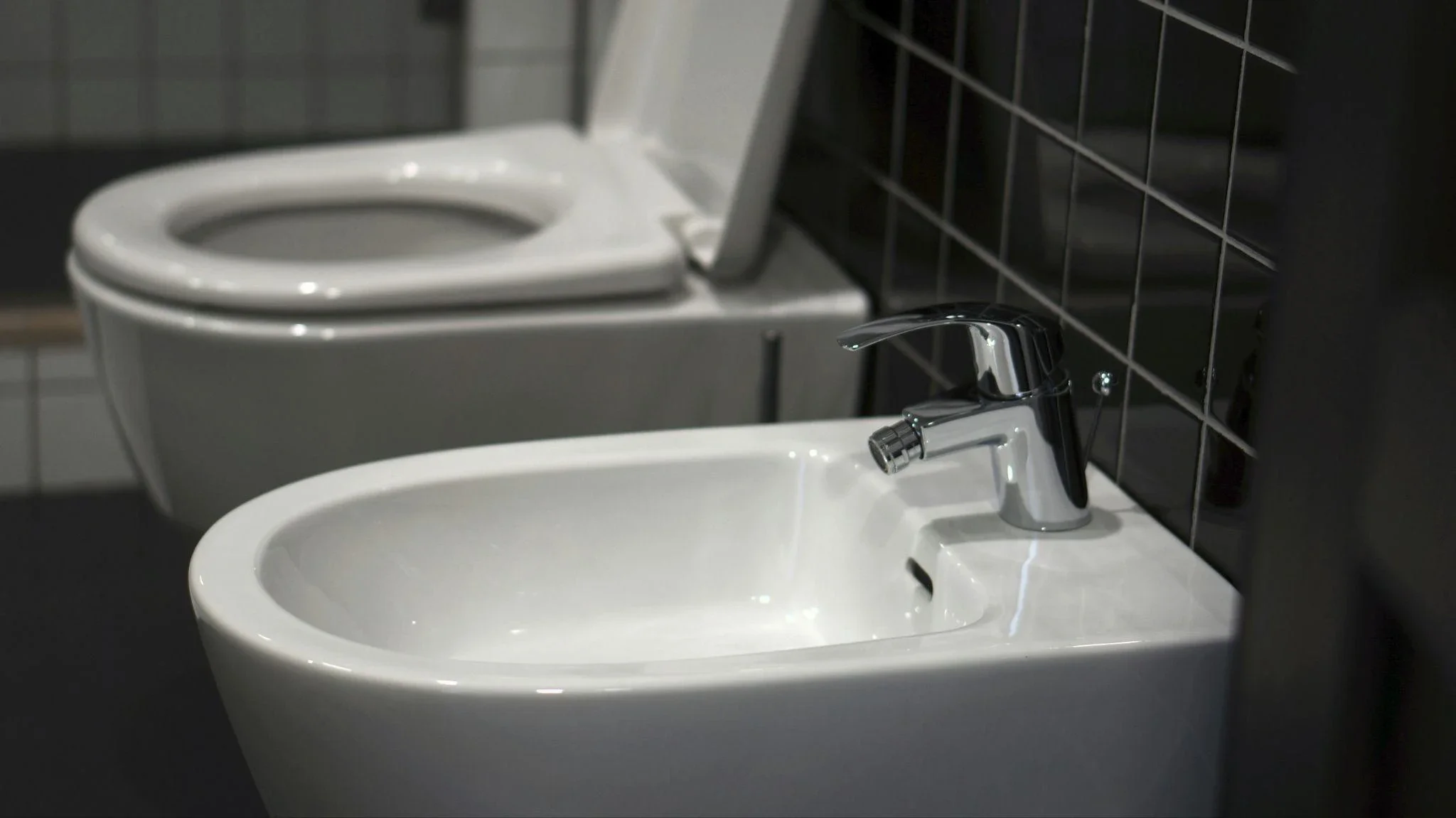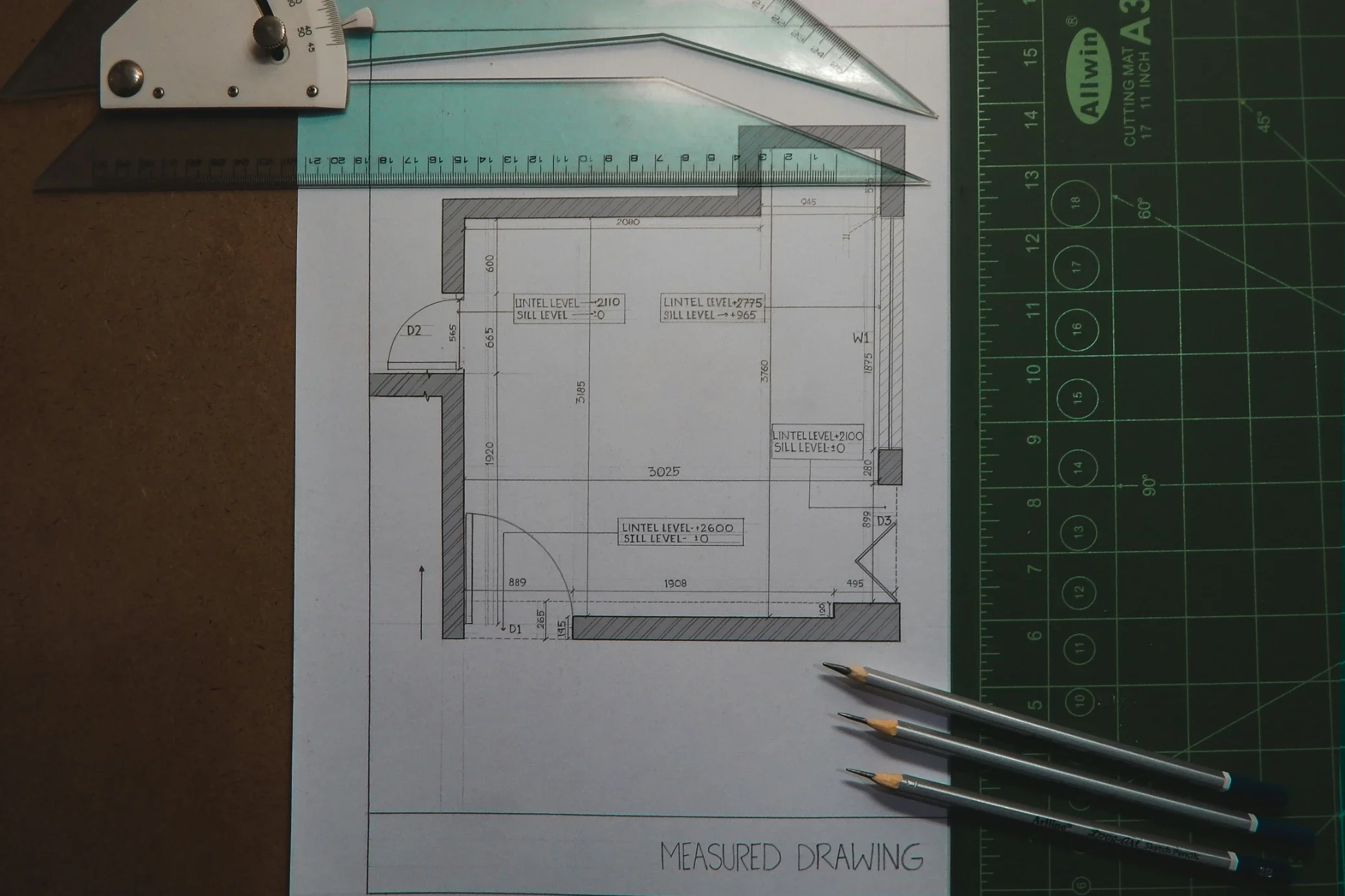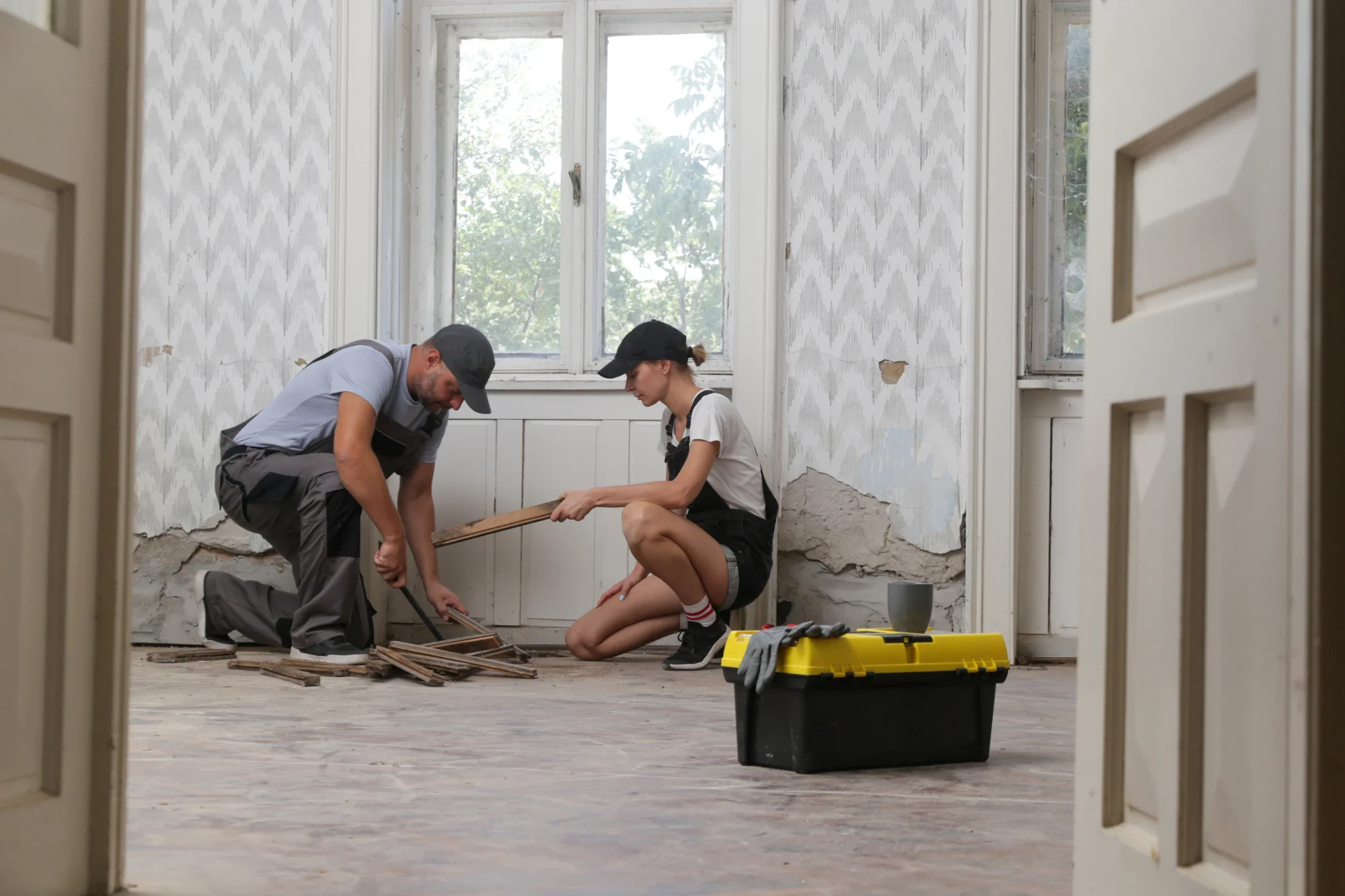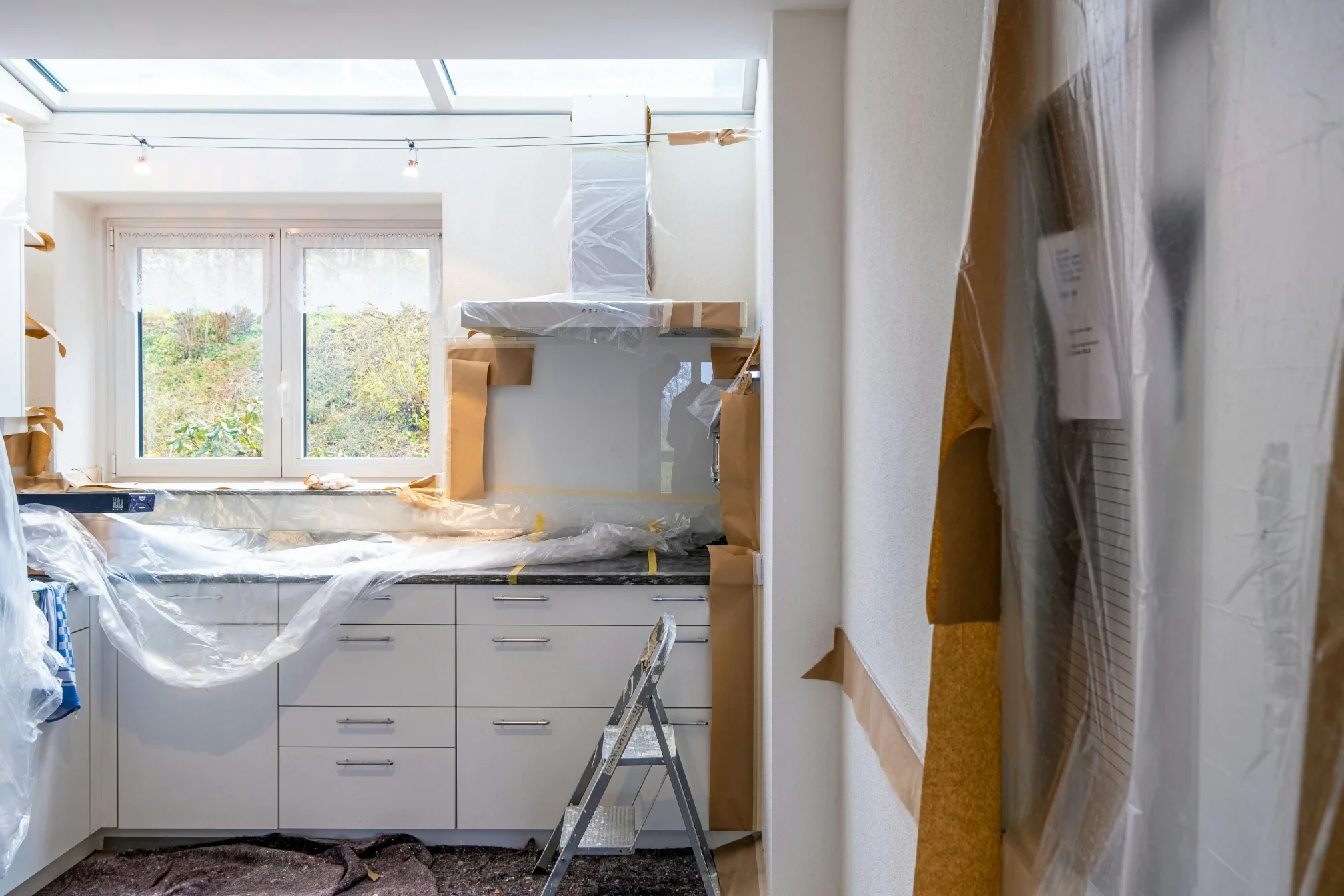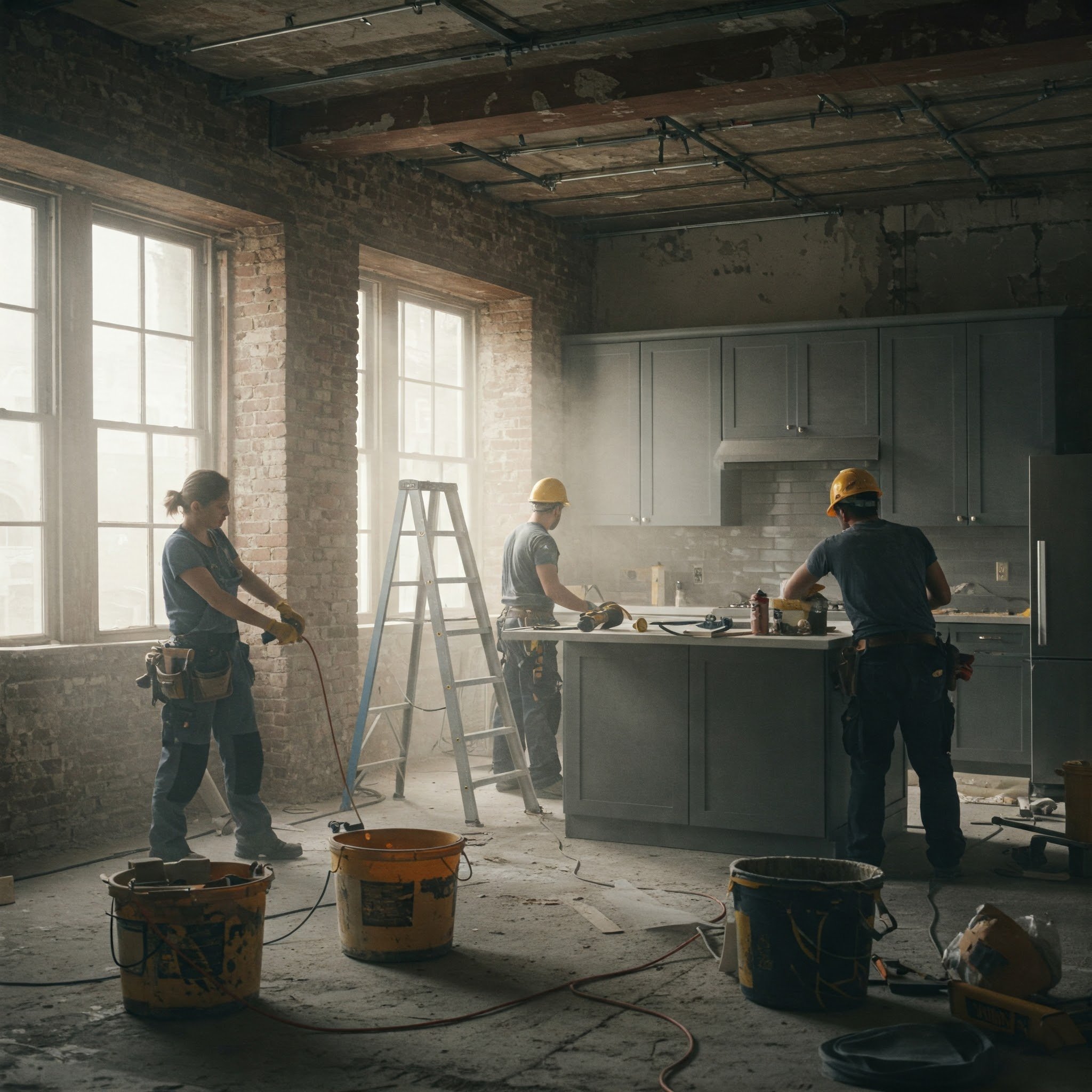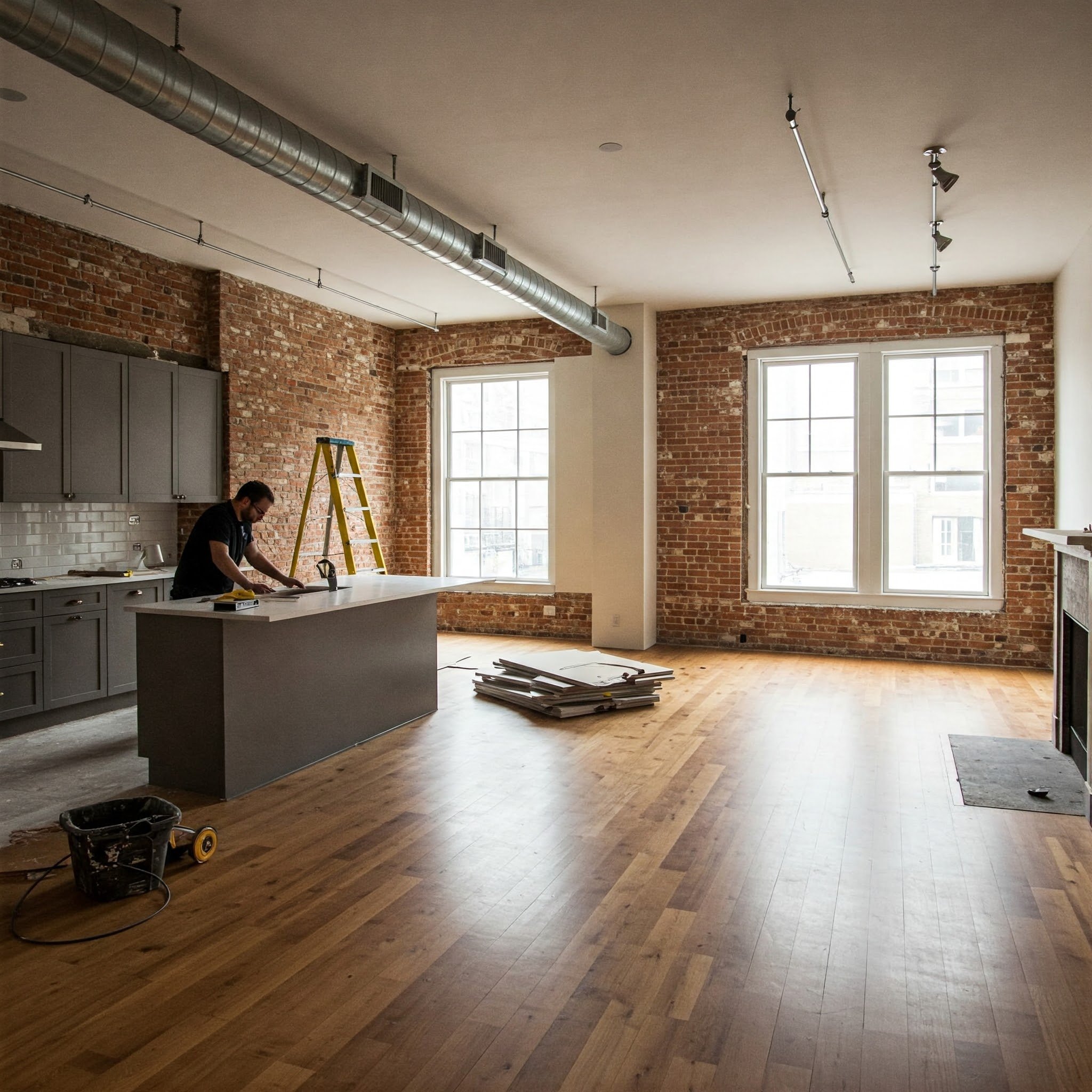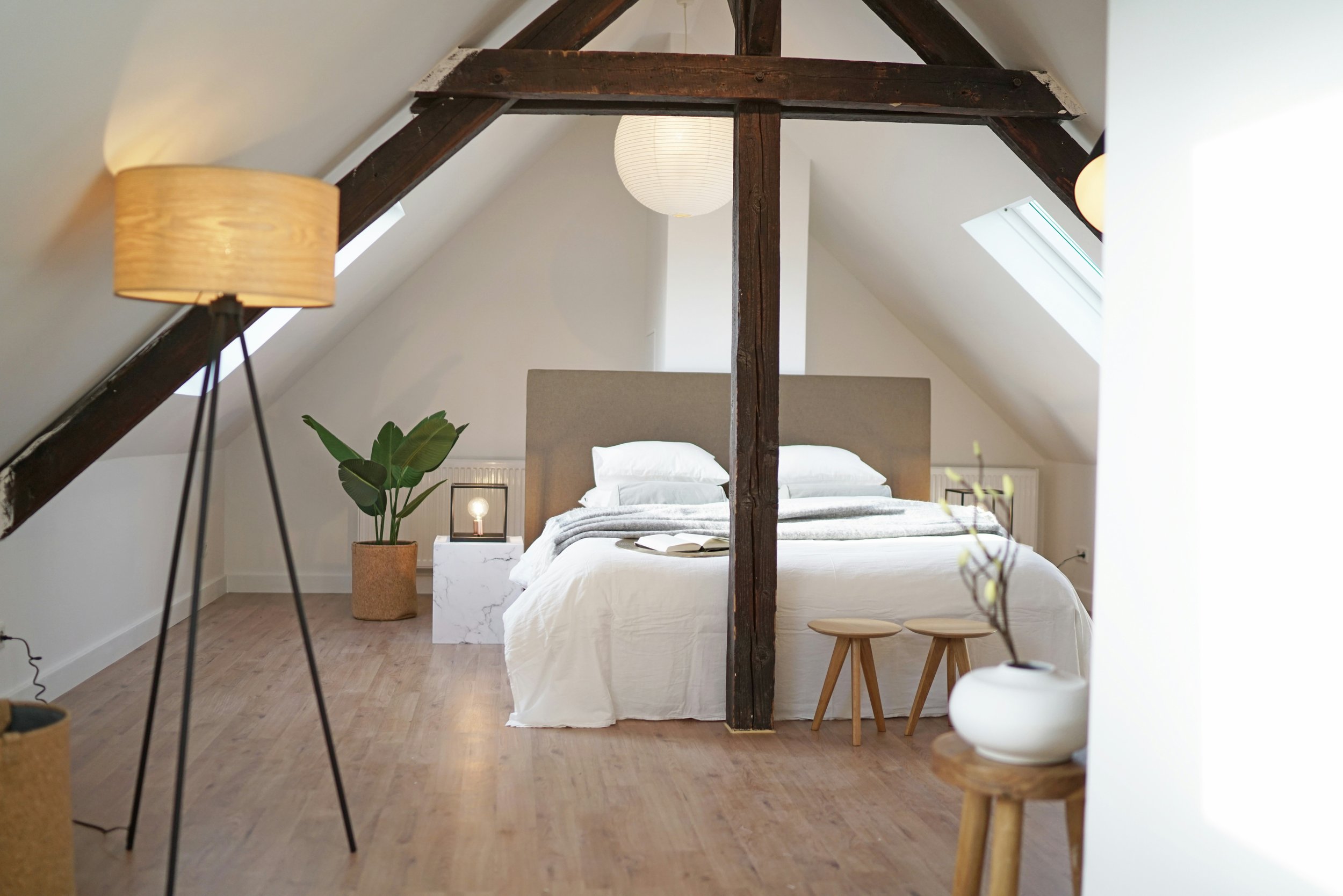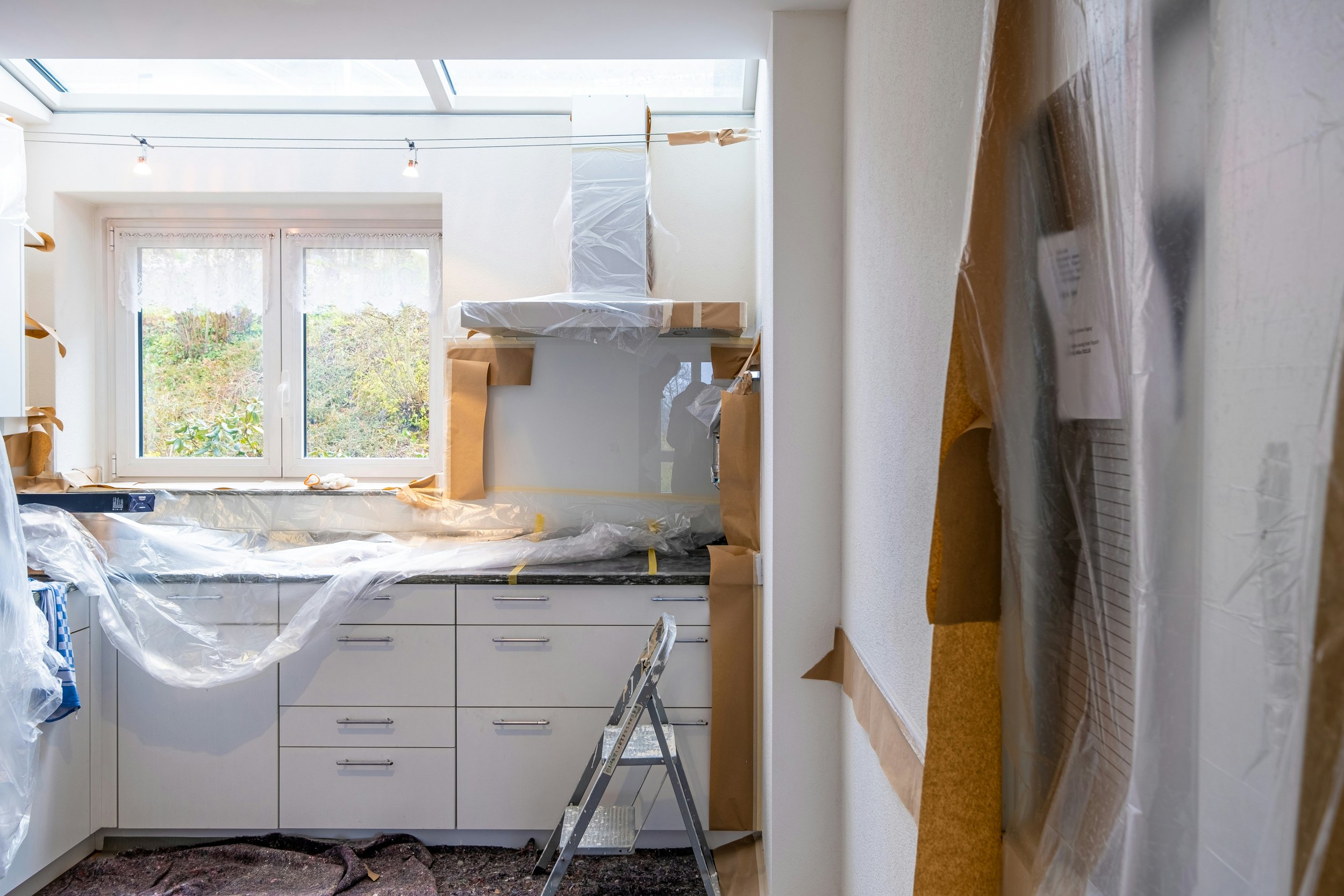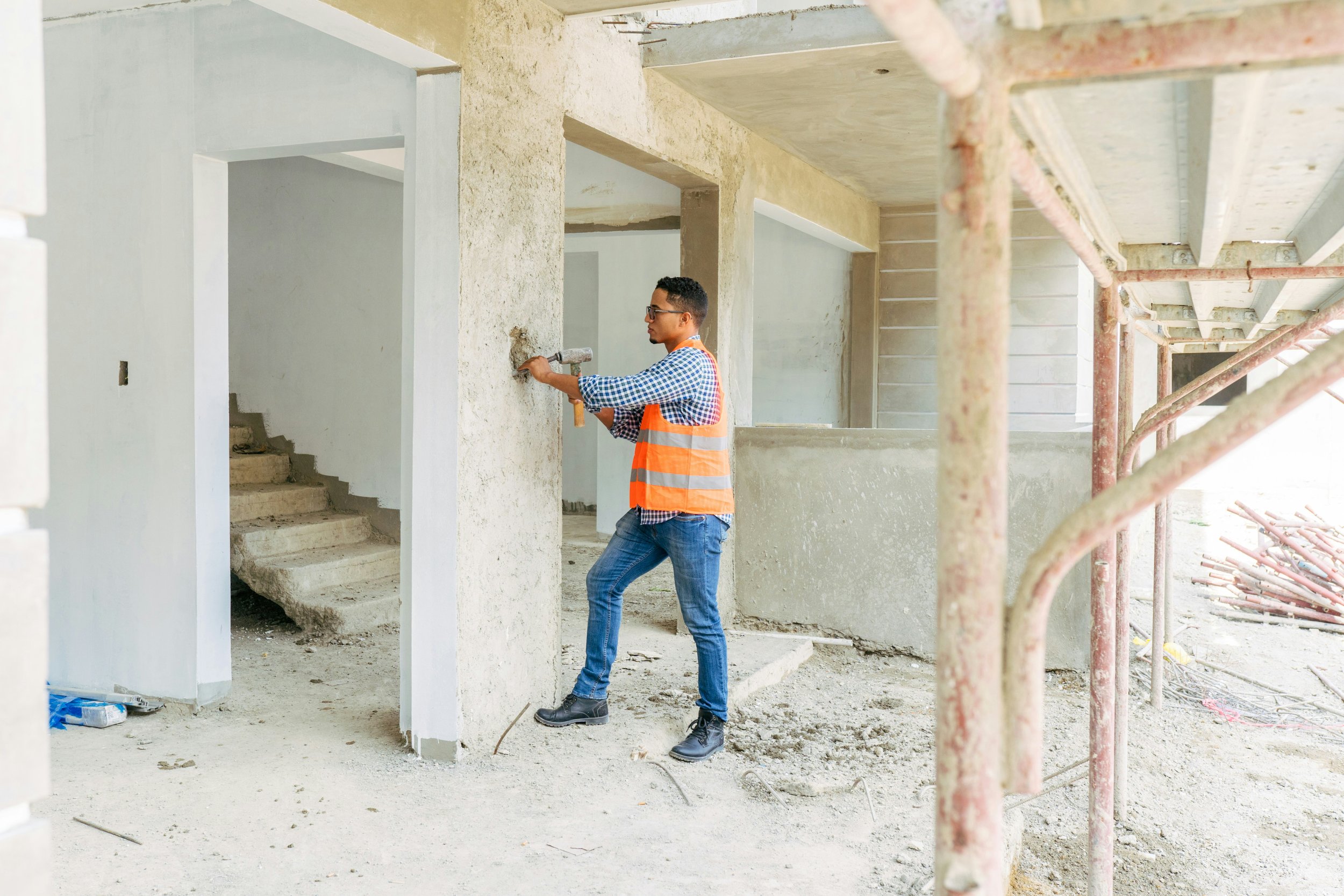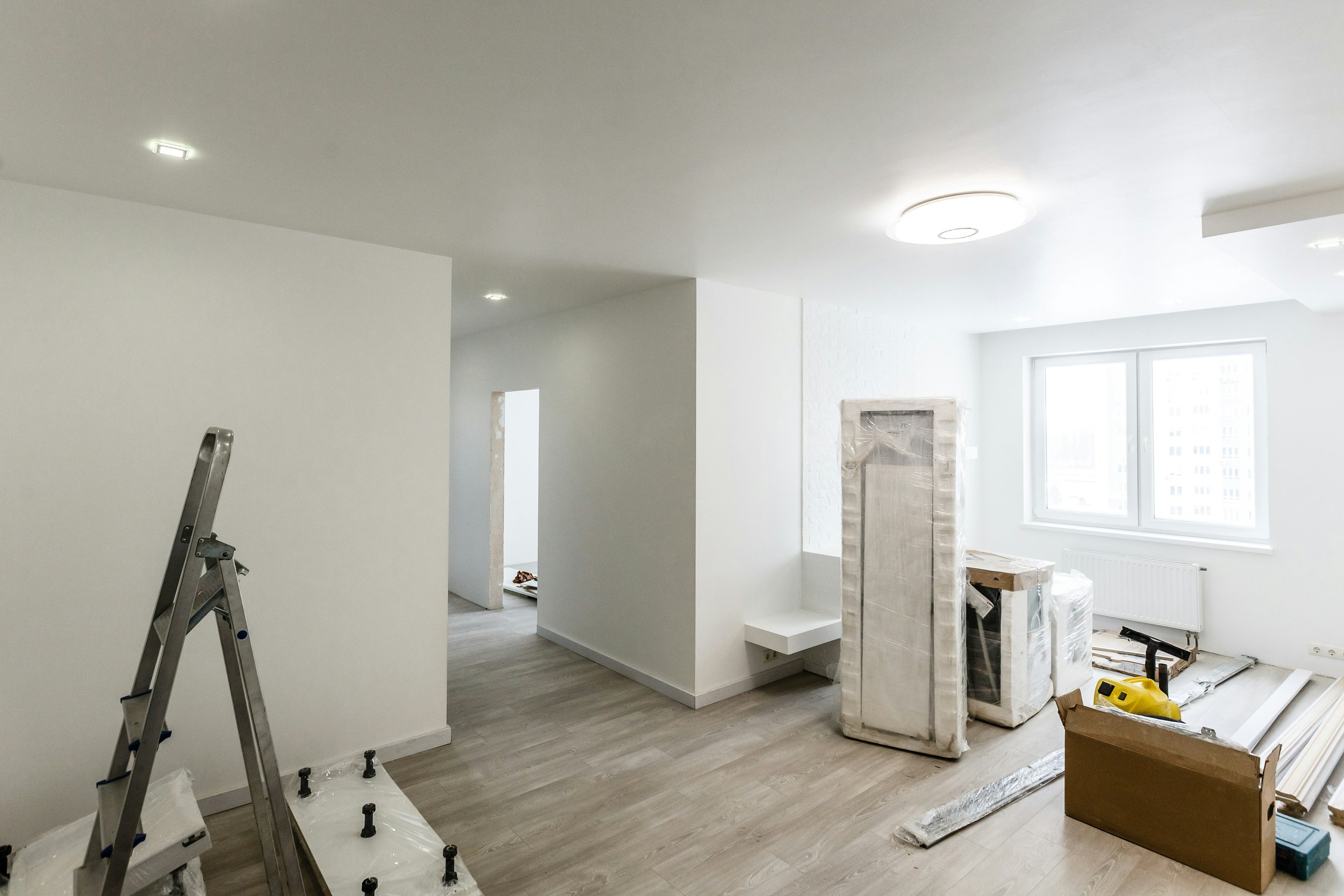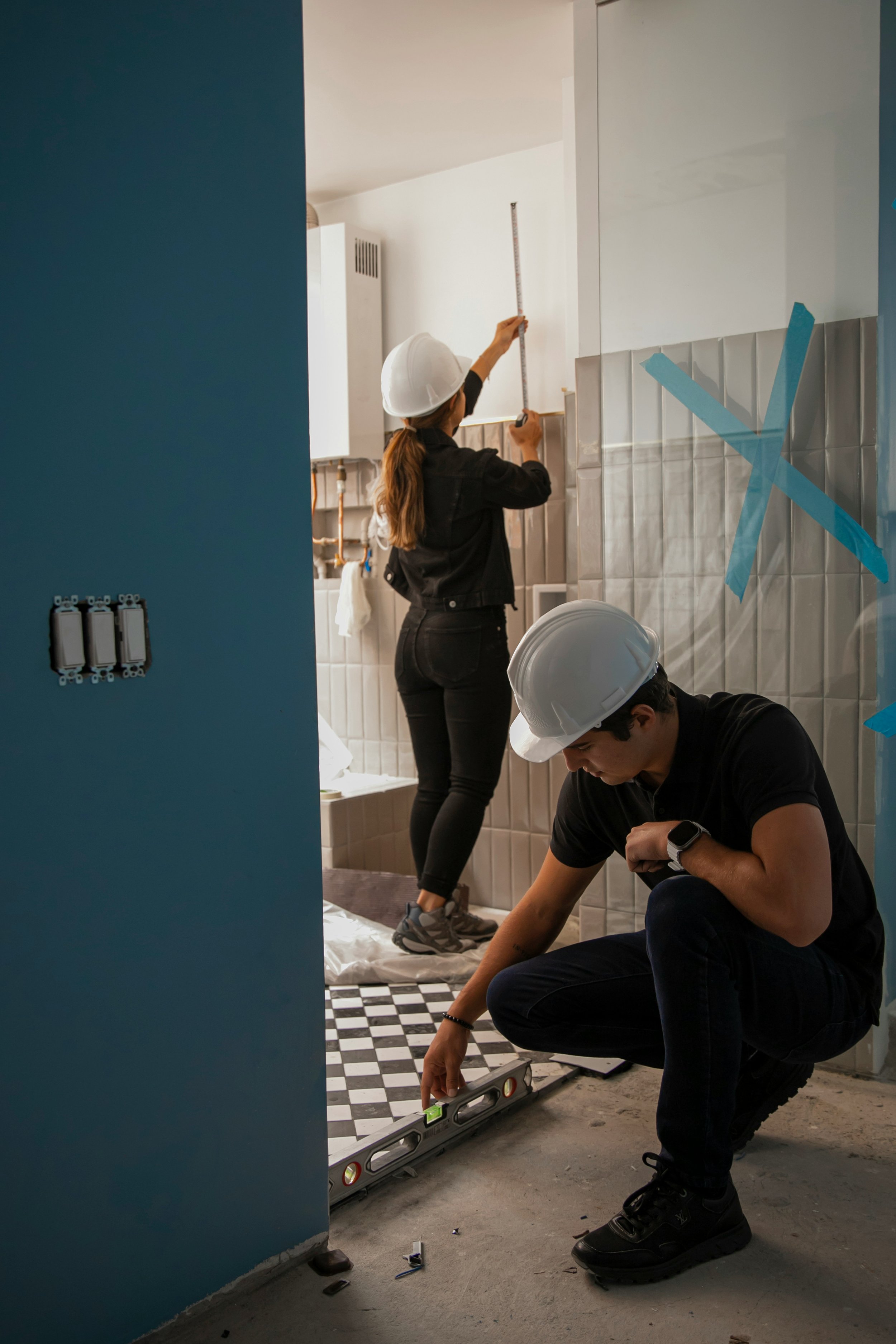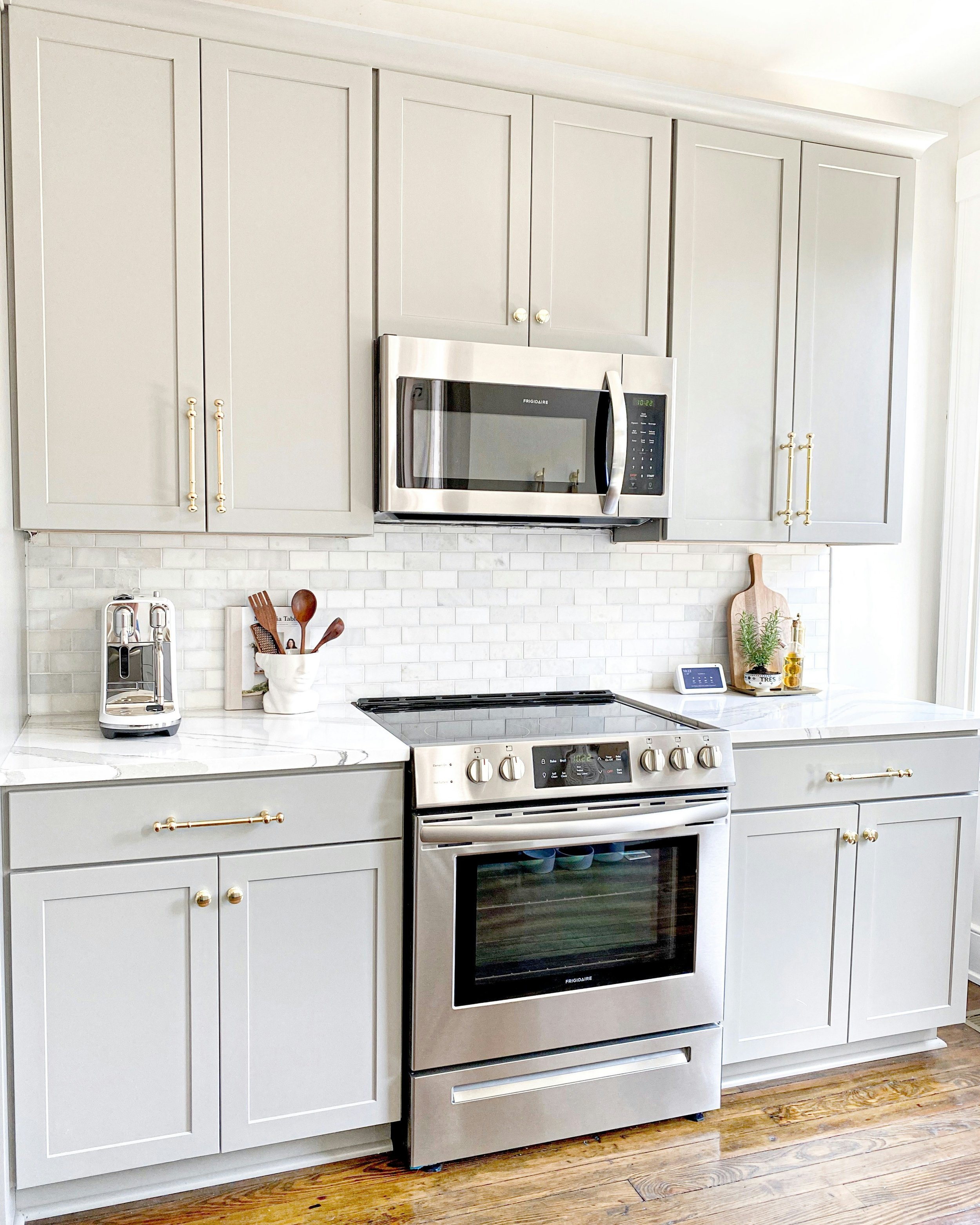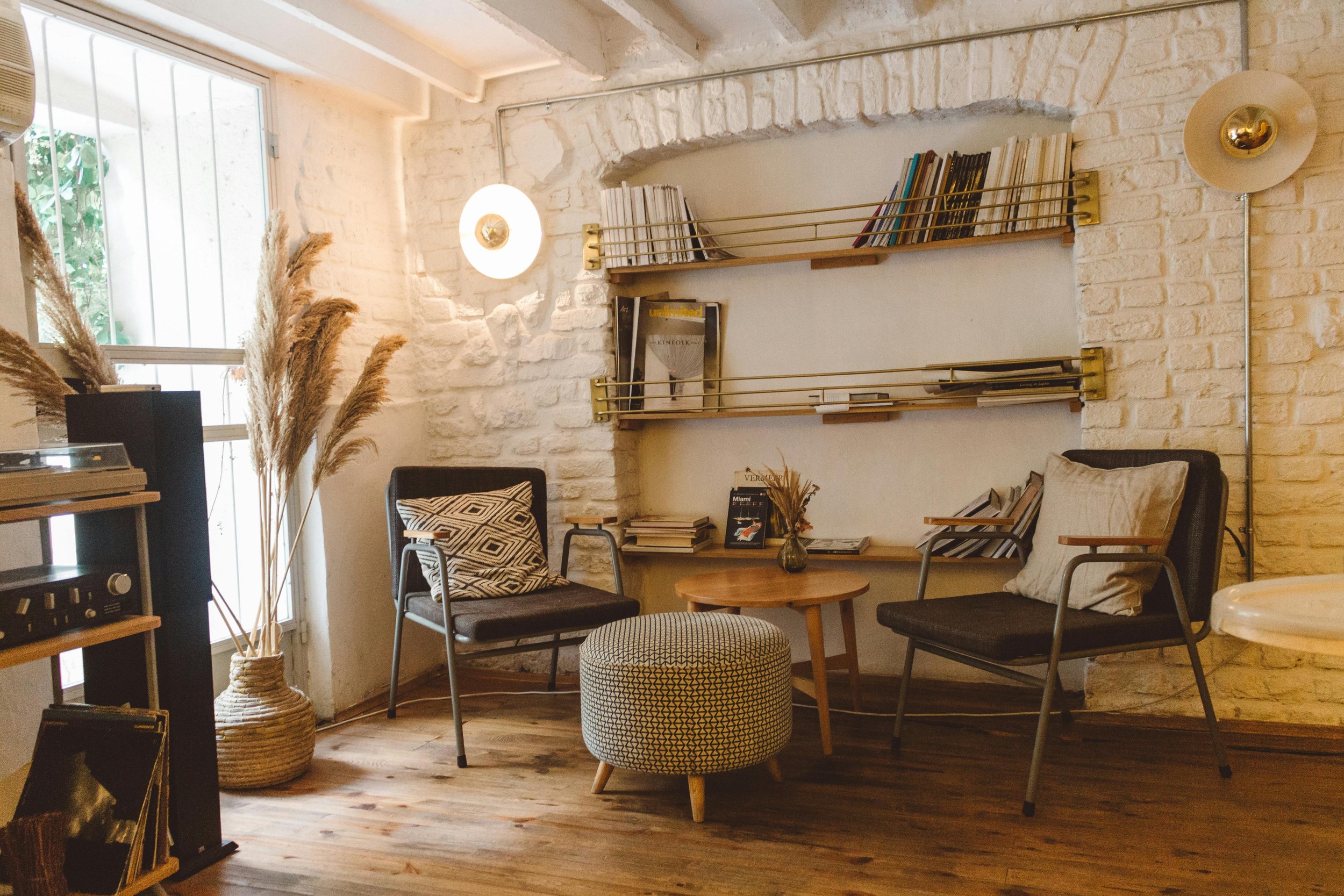Your Pre-Renovation Blueprint - Key Steps to Plan a Safe and Stylish Home Makeover
Create a safe, stylish home makeover with this pre-renovation blueprint—covering key steps from budgeting to design and contractor selection.
A successful home remodel starts long before the first wall comes down or the paint splatters. Planning stops you from making a gorgeous room that functions poorly. You'll have to think about your sense of style, your budget, and the condition of your home. This book walks you through the steps that keep your project going, protect your space, and allow you to enjoy the process along the way.
Defining Your Vision and Budget
Establishing your vision and budget is the foundation of any successful renovation. This is where you take concepts and turn them into a good plan that guides every decision that you make. Without it, you'll be having delays, overspending, and an end product that doesn't exactly feel right from what you envision. Taking the time now to figure out exactly what you want, and how much you can pay for it, sets the tone for the project. Start with what style and purpose you want, and then work toward a potential budget that works for both. This puts you in control and reduces conflict once work has begun.
Follow these steps to set a strong foundation:
Set your goals: Decide what you want to achieve. Do you want more space, better lighting, or a completely new appearance? Knowing this allows you to make smarter spending and design choices.
Harvest inspiration: Photograph, colors, and textures that appeal to you. Use them to create a mood board that will guide your design selections.
Prioritize your wishlist: Decide what features you absolutely cannot do without and what can be adjusted if need be. This keeps you adaptable without losing sight of your big picture.
Measure your space: Measure accurately to avoid design error and unnecessary expenses.
Research average costs: Find out the regional prices for materials, labor, and fixtures so you can have a reasonable estimate.
Set your budget: Include all expected costs, plus a contingency fund for surprises that might come up during the renovation.
Match budget to priorities: Allocate more money to high-impact features and long-lasting upgrades.
Review with a professional: Share your vision and budget with a contractor or designer to confirm feasibility before committing.
Preparing the Space with Smart Safety Checks
Preparing the space for renovation isn't a pleasant afterthought — it's what keeps your project safe from harm, in order and on track. Unless you do this, you could find yourself doing damage, facing delays, and expensive surprises which can be easily prevented if you take the time to plan ahead. Make sure you prepare your safety tools and protection gear, too. For example, using high-quality welding lenses, like those found at https://ridgeproductswelding.com/, will ensure your eyes stay protected while doing any welding jobs during renovation.
Start out by emptying the room completely. Take out furniture, decor, and anything fragile to another room. Protect floors with drop cloths or covers, and seal adjacent rooms to keep dust from spreading. If you will be occupying the house during the work, define a small zone where you can cook, sit, or work without interfering with work. Keep delivery paths clear, and notify neighbors of future noisy work.
When the area is ready, complete these basic safety inspections:
Inspect the building: Keep an eye out for water damage, cracks, or anything else that may destabilize the area.
Disconnect utilities if needed: Turn off water, electricity, or gas in work areas so that there are no possibilities of accidents.
Scan behind walls or floors before you cut: Just a quick search for concrete scanning services near me connects you with experts who can find rebar, pipes, or wiring you definitely don't want to end up cutting.
Scan for hazardous materials: If you have an old home, get a pro to scan for asbestos, lead paint, or mold.
Lock down the work area: Block off the area with barriers and close tools and materials in lockups when not in use.
Selecting Materials and Finishes for Style and Durability
Selecting materials and finishes isn't about getting your home to be good-looking — it's about creating a home that can withstand real life. The wrong choices chip, scratch, stain, and age your home faster than you can imagine. The right ones keep their looks, stay functional, and pay for the investment.
Think about how each room will be used before you decide. A kitchen floor gets walked on hard, so it needs something that can withstand it. A bedroom might have space for softer, more fashionable options. If you have kids, pets, or lots of traffic, durability will be your top concern.
Here's how to make the smart choices that balance style and functionality:
Coordinate the look to your vision: Choose colors, patterns, and textures that work well together to create a cohesive room.
Choose durability where it counts most: High-traffic areas need flooring, upholstery, and surfaces that can withstand daily wear and tear.
Think about maintenance: Some finishes are high maintenance and need to be redone all the time, while others are low-maintenance and easy to clean. Pick what works in your life.
Test them at home: Light changes the way things look. Check them in your own environment before investing.
Don't bet the farm on trends: Trendy is okay, but timeless rules.
Spende where it matters: Spend money on the things you use and see every day, and skimp on the others.
Check supply schedules: Ensure that materials are in stock or possess a reasonable lead time to sustain your project pace.
Organizing for a Stress-Free Renovation
Renovation planning isn't just about juggling dates and deliveries — it's about making sure the whole thing runs as smoothly as possible. Without a plan, you could end up with missed deadlines, overspending, and endless frustration. Planning keeps stress down to a minimum, avoids unnecessary delays, and makes sure everyone knows what's happening and when.
Think about organization as setting up a system before you even start working. You require an open calendar, easy communication with your contractors, and some plan for handling surprises. It becomes easier to continue the project without feeling bogged down.
This is how to organize for stress-free renovation:
Create a comprehensive project schedule: List each project stage with start and finish dates so you can track progress and identify delays on time.
Put all the documents in order: Store contracts, permits, receipts, and plans in one document or computer file for easy access.
Create frequent updates with your contractor: Frequent updates keep everyone in line and enable you to correct problems instantly.
Plan your living arrangements: Decide if you’ll stay in your home during the renovation or find temporary housing. If staying, set up a functional space away from the work zone.
Organize material deliveries: Schedule deliveries so they arrive when needed — not too early to clutter the space and not too late to cause delays.
Label and keep moved items: Employ simple labels on boxes and bins to make unpacking after the renovation straightforward.
Be prepared for the unexpected: Set aside a small contingency fund and be adaptable for handling last-minute changes.
Conclusion
A successful renovation begins with clear objectives, intelligent safety checks, the correct materials, and good organization. Each step is built upon the last, and you're in control of the process, so you don't waste money on costly mistakes. If you plan ahead and stay organized, you can consider the changes you're implementing instead of the problems you're fixing. At the end of the day, you'll have a house that looks the way you want it to, but also one that works for your lifestyle for years to come.


